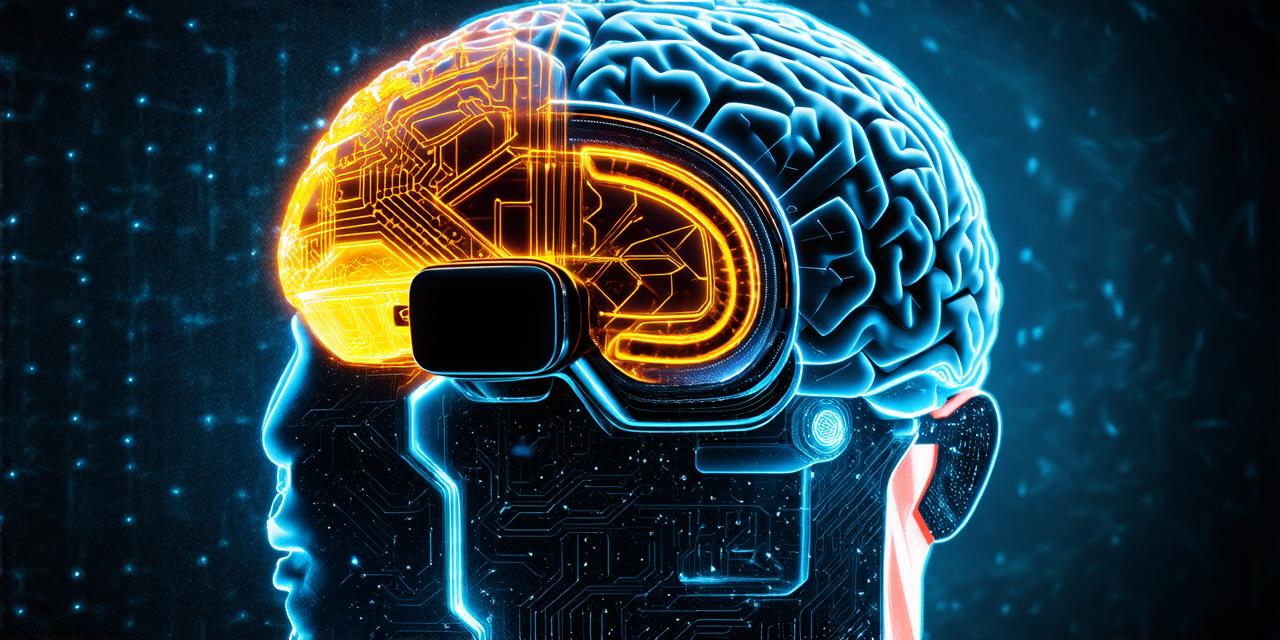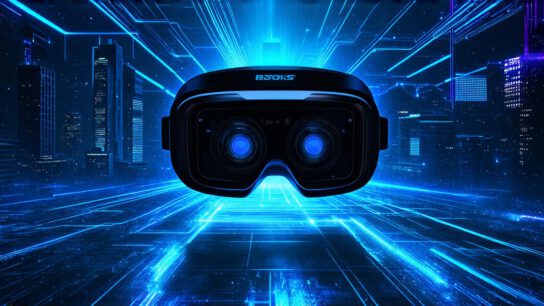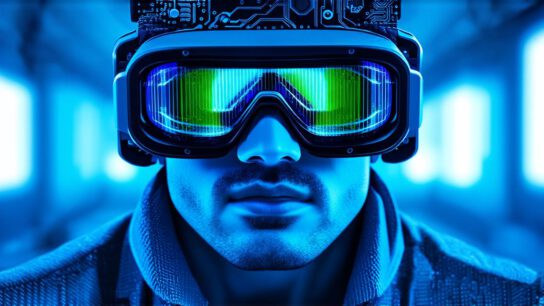Virtual reality (VR) technology is a computer-generated simulation that allows users to experience a simulated environment in a way that feels real. VR has already found numerous applications in various fields such as gaming, education, healthcare, and more. As VR developers, it’s crucial to understand how this immersive technology affects the human brain to create more effective and engaging experiences for users.
Perception in Virtual Reality
Virtual reality technology allows users to experience a simulated environment that is different from their physical surroundings. This immersive experience can have a significant impact on perception, as users are exposed to new visual and auditory stimuli that they may not encounter in real life.
For example, studies have shown that VR can enhance the user’s sense of presence, which is the feeling of being fully immersed in a virtual environment. This enhanced sense of presence can lead to more realistic experiences, allowing users to feel as if they are actually in the simulated environment.
In addition, VR can also affect the user’s spatial awareness and depth perception. In a real-world environment, the brain uses cues such as lighting and shadows to determine the distance between objects. However, in VR, these cues may be absent or distorted, leading to issues with depth perception.
Memory in Virtual Reality
Virtual reality technology can also have an impact on memory, particularly when it comes to procedural memory. Procedural memory is the ability to remember how to perform a task, such as driving a car or playing a musical instrument.
VR has been shown to be an effective tool for training and improving procedural memory.
For example, studies have shown that VR simulations can improve surgical skills by providing a safe and controlled environment for practicing complex procedures. Similarly, VR can also be used to train pilots and drivers, allowing them to practice skills in a simulated environment before applying them in real life.
In addition, VR has been shown to enhance episodic memory, which is the ability to remember specific events or experiences. This can be particularly useful in education, where VR simulations can provide students with immersive and memorable learning experiences.
Attention in Virtual Reality
Virtual reality technology can also have an impact on attention. In a real-world environment, our brains are constantly processing information from multiple sources, such as sight, sound, and touch. In VR, however, the brain is presented with a single, focused source of information, which can lead to increased attention and concentration.
Studies have shown that VR can improve sustained attention, particularly in tasks that require focus and concentration for extended periods.
This can be particularly useful in training and education, where VR simulations can provide students with immersive and engaging experiences that require sustained attention. In addition, VR has also been shown to reduce the symptoms of attention deficit hyperactivity disorder (ADHD) by providing a controlled and focused environment for individuals with ADHD to practice their attention skills.
Social Interactions in Virtual Reality
Virtual reality technology can also have an impact on social interactions. While VR simulations are often designed to provide individual experiences, they can also be used to facilitate social interaction between users.
For example, VR simulations can be used to create virtual environments where people can interact with each other in real-time, providing opportunities for socialization and collaboration.
Studies have shown that VR can enhance social interactions by providing a safe and controlled environment for individuals to practice their social skills. This can be particularly useful in situations where individuals may feel anxious or uncomfortable in real-world social settings.
In addition, VR can also be used to facilitate remote collaboration and communication, allowing people from different parts of the world to work together in virtual environments.
Potential Risks and Limitations of Virtual Reality
While VR technology has numerous potential benefits, it also has some potential risks and limitations that must be considered. One of the most significant risks associated with VR is motion sickness, which can occur when users experience disorientation or nausea in response to the immersive nature of VR simulations.
This can be particularly problematic for individuals with a history of motion sickness or those who are prone to motion-related symptoms.
In addition to motion sickness, VR technology also has the potential to lead to negative effects on mental health, such as anxiety and depression. This can occur when individuals become too immersed in VR simulations, leading to a disconnection from reality and an increase in feelings of isolation and loneliness.
Finally, VR technology is limited by its accessibility, particularly for individuals with limited resources or low-income backgrounds. This can limit the potential benefits of VR technology, particularly in education and healthcare settings where access to VR equipment and software may be restricted.
Mitigating the Risks and Limitations of Virtual Reality
To mitigate the potential risks and limitations of VR technology, developers must take several steps. Firstly, they should ensure that their VR experiences are designed with user comfort in mind, by providing options for adjusting the visual and auditory stimuli and allowing users to take breaks as needed.
Ď



